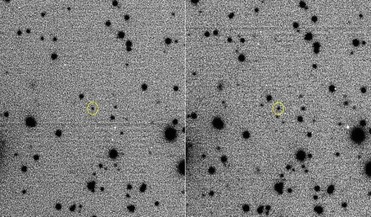 23 May 2018
First permanent extrasolar asteroid found near Jupiter
23 May 2018
First permanent extrasolar asteroid found near Jupiter
... direction as the Sun’s rotation. However, it turns out that asteroids in polar orbits do exist today out beyond Neptune, our most distant planet. While there are only around ten of them, they could be added to the...
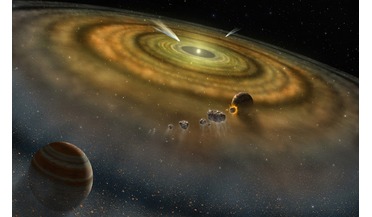 27 August 2018
Meteorites give clues as to how Jupiter was built
27 August 2018
Meteorites give clues as to how Jupiter was built
... million years before rapid gas accretion takes place, then intermediate mass planets such as Uranus and Neptune can be naturally accounted for.
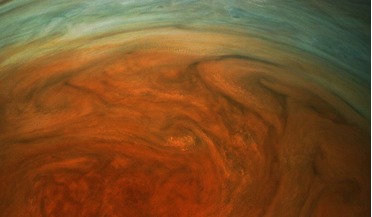 03 September 2018
Water discovered in Jupiter's Great Red Spot suggests plenty more down below
03 September 2018
Water discovered in Jupiter's Great Red Spot suggests plenty more down below
... Goddard's Amy Simon, a planetary atmospheres expert. "If it works, then maybe we can apply it elsewhere, like Saturn, Uranus or Neptune, where we don't have a Juno," she said Chemically speaking Jupiter is the closest relative to the Sun, and...
 10 September 2018
IAU wrong about Pluto's planetary status say scientists
10 September 2018
IAU wrong about Pluto's planetary status say scientists
... to the Kuiper belt; a ring of debris littered with objects of varying sizes that sit beyond the orbit of Neptune. Later, discoveries of other Kuiper Belt Objects with masses roughly comparable to Pluto, such as Quaoar, Sedna and...
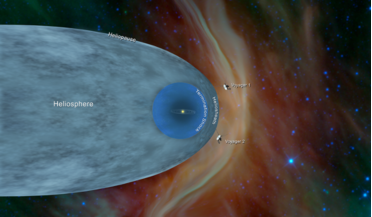 11 December 2018
Voyager 2 joins its twin in interstellar space
11 December 2018
Voyager 2 joins its twin in interstellar space
... in the tank, the probes were pushed on further to study the two outermost giant planets, Uranus and Neptune. Since then the two have been surveying all in their path as they continue on a most unexpected journey...
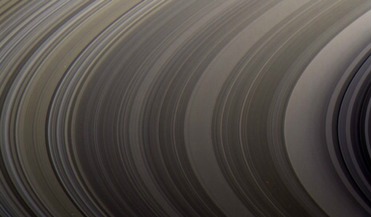 19 December 2018
Saturn's iconic rings are dying fast say scientists
19 December 2018
Saturn's iconic rings are dying fast say scientists
... at an alarming rate. Saturn is not the only planet in our Solar System to have rings; Jupiter, Uranus and Neptune each have rings too. But at 282,000 kilometres (175,000 miles) across and scattered with...